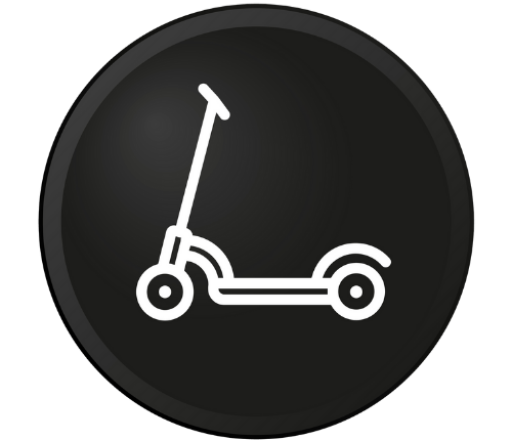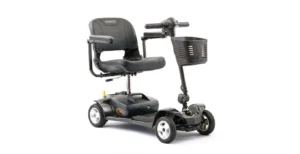As electric scooters become a popular and eco-friendly mode of transportation, understanding the ins and outs of charging is essential for a hassle-free riding experience.
This article provides a comprehensive guide to electric scooter charging, covering essential tips, best practices, and ways to maximize battery life.
Understanding Battery Types
Electric scooters commonly use lithium-ion batteries, known for their efficiency and durability. Understanding the type of battery your scooter uses is crucial, as it influences charging habits and overall performance.
Charging Port Location
Familiarize yourself with the charging port location on your scooter. It is typically located near the scooter’s deck or steering column. Knowing where to find the charging port ensures a smooth and efficient charging process.
Use the Right Charger
Always use the charger that comes with your electric scooter or a compatible replacement recommended by the manufacturer. Using the wrong charger can damage the battery and compromise safety.
Charging Frequency
Charge your electric scooter regularly, especially if you use it daily. It’s generally recommended to charge the scooter when the battery level drops to around 20-30% to prevent deep discharges, which can impact battery life.
Avoid Overcharging
While modern electric scooters often have built-in protections against overcharging, it’s a good practice to unplug the scooter once it reaches a full charge. Overcharging can lead to increased heat and stress on the battery, potentially reducing its lifespan.
Optimal Charging Time
Charge your scooter during periods when electricity demand is lower, such as nighttime. This not only helps reduce the load on the power grid but can also contribute to a more stable and efficient charging process.
Monitor Charging Progress
Keep an eye on the charging progress, either through the scooter’s built-in display or the LED indicators on the charger. This allows you to track the charging status and unplug the scooter once it’s fully charged.
Store Scooter Indoors
If possible, store your electric scooter indoors during charging. Extreme temperatures, whether hot or cold, can affect battery performance. Storing the scooter in a moderate environment contributes to optimal charging conditions.
Invest in a Portable Charger
For added convenience, consider investing in a portable charger. These chargers are compact and can be easily carried, allowing you to top up your scooter’s battery even when traditional charging outlets are unavailable.
Maximizing Battery Life
To maximize the lifespan of your electric scooter’s battery, avoid deep discharges, charge regularly, and store the scooter with a partially charged battery if not in use for an extended period.
Conclusion
Electric scooter charging is a straightforward process when following these guidelines. By understanding your scooter’s battery type, using the right charger, and adopting good charging habits, you can ensure a reliable and efficient charging experience.
With these tips, you’ll be ready to hit the streets with a fully charged electric scooter, enjoying a seamless and eco-friendly ride.



